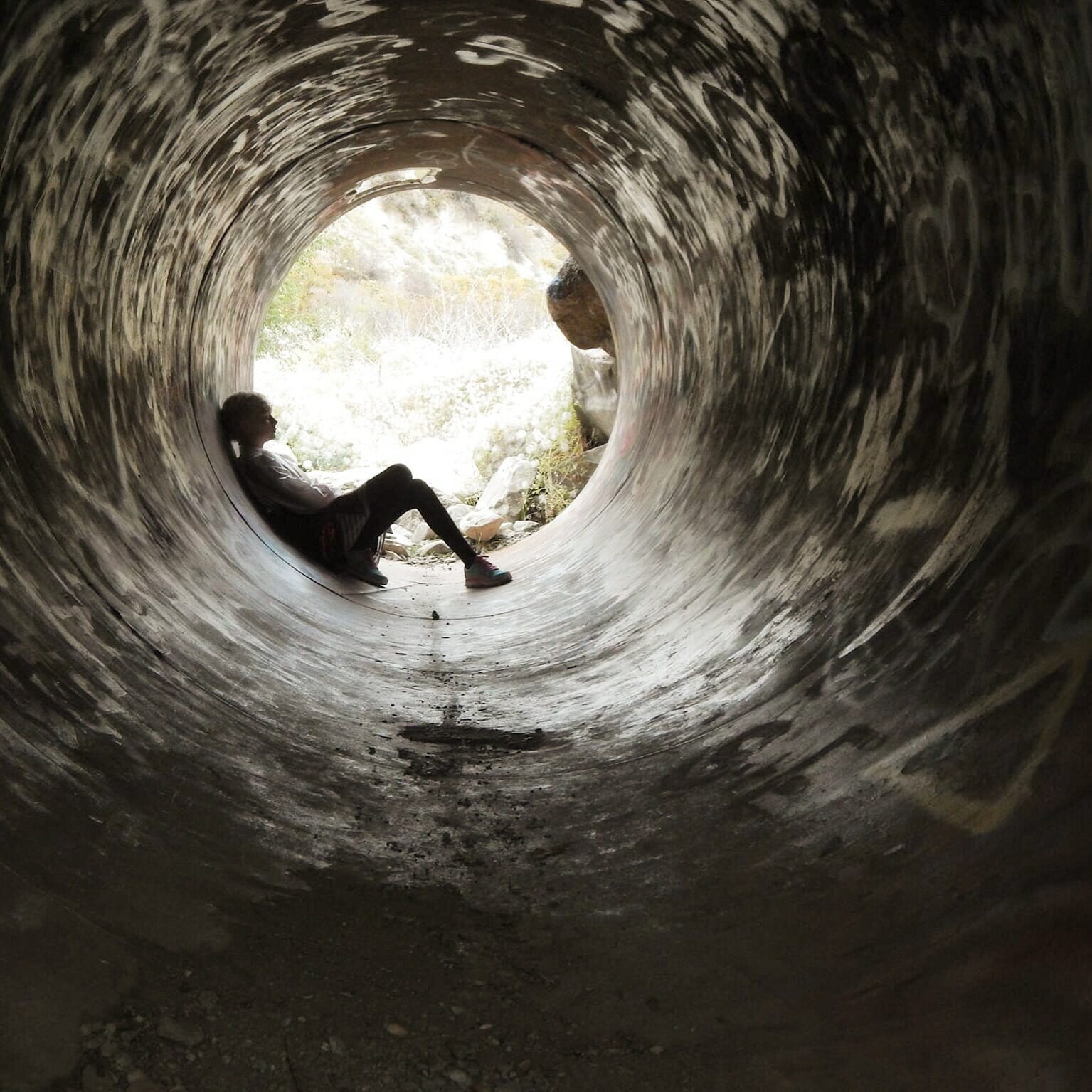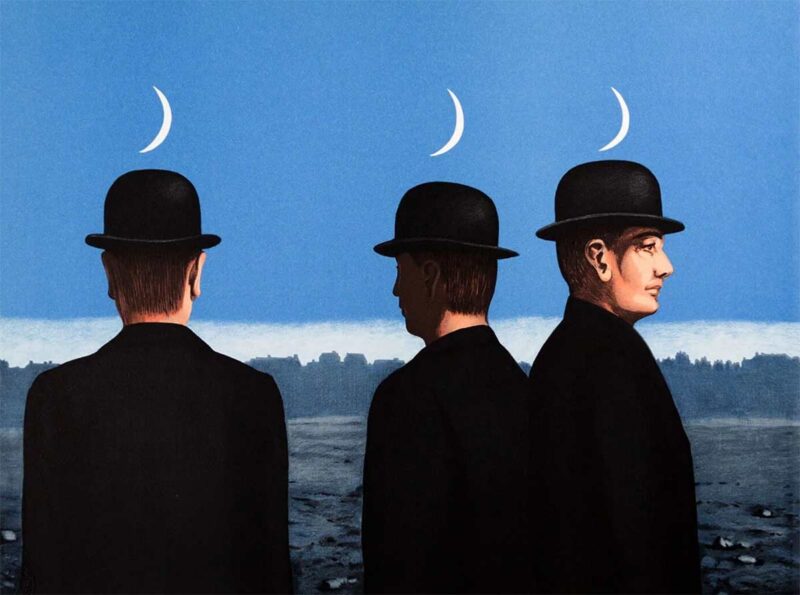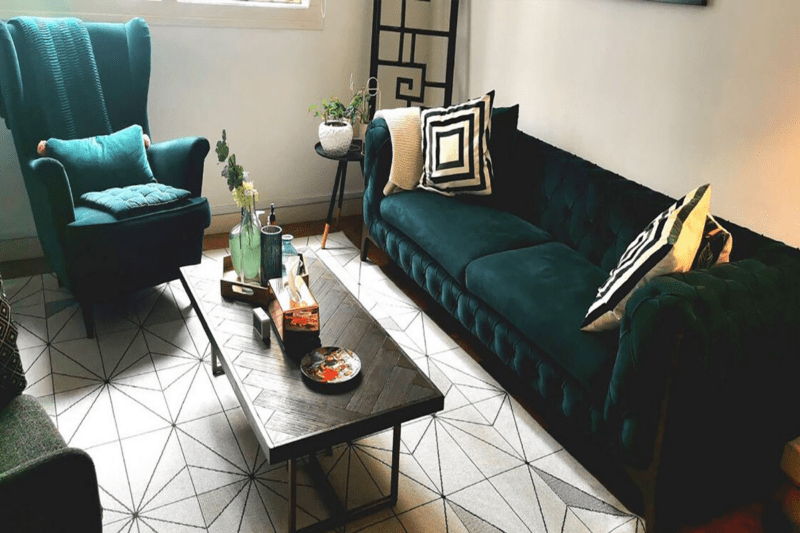People have frequently asked me how psychotherapy and counselling work, especially more so my clients who are new to this way of working. Through our interactions, I realise how much our preconceptions of this talk therapy are still deeply influenced by what media portrays: the client lying on the couch with the therapist sitting across or behind, writing notes on a clipboard. It sure feels impersonal and detached.
I’m learning to explain what therapy is. Admittedly, it was hard at first, putting concepts into simple language that most of us can relate to. Funny how, even, as a counsellor, I experience my own struggles in communicating my thoughts and ideas to others. All I can say is that this ability to connect is a skill and an art that I myself am still learning.
On the topic of how different therapists work, I have found the analogy of falling into a well the easiest and most relatable thus far. If someone out there reading this article has a better one, do share with me.
The Metaphor of the Well

Here is the analogy: we all fall into a deep dark well once in a while. When I say “we”, this includes myself. We all react/respond to falling into our own, unique wells differently. Some of us might see it as an opportunity for making changes in life, while others perceive it as a depressing and hopeless place to be. Sometimes, we find ourselves climbing back out with the help of our families, friends, or self-help resources.
Yet, there are also times when this well is deeper and shadier than we expected. After exhausting our optimism and resources, we may still find ourselves stuck. It is here when some of us may turn to some form of professional help.
In psychotherapy and counselling, there are two common ways of working. Here, I am boldly making generalisations. As some of you may have learned through your own research, there are numerous modalities of therapies out there. Cognitive-Behaviour Therapy (CBT), Psychodynamic, and humanistic or person-centered therapy are just the tip of the iceberg when it comes to talk therapy. However, here, I’ll simplify it into the following two ways.
One way of working is where the therapist stands at the mouth of our well. Looking down, he or she explores how clients ended up down there and tries to give them concrete tools that will help get them out. After all, despite no two wells looking the same, there are commonalities and tools that have been clinically proven to help clients experiencing similar issues to climb out of their suffering.
Another way of working is having the therapist jump into this hole with us. A caveat here: your therapist may just be as lost as you in finding the best way to exit this hole. Some of you may be wondering, what is the point of seeing a therapist, then, if I feel like I’m dragging someone else down into this hopeless dark hole with me?
A simple but experientially profound answer is knowing that you’re not alone. As Irvin Yalom, an existential therapist said, “it’s the relationship that heals”. Knowing that we have someone by and on our side as we go through this emotionally exhausting and mentally draining journey out of this dark hole can, at times, be just what we need.
How is this different from turning to support from our families and friends?
Good question. A short answer is that the therapist, in this second instance, sees themselves as first: a human being, just like all of us. However, we are also professionally trained to have certain therapeutic tools that are useful. We see our role as a guide who is kindly invited to journey with our clients in the current chapter of their life. This guide happens to be someone who is trained to know where and how to shine a light on the dark areas of your well; your blind spots. By illuminating these areas, hopefully, clients can start seeing areas they never considered before, appreciating better the ugly and possibly recognising the uniqueness of their suffering. Through this, choices are expanded and difficult emotions are better coped with.
Sometimes, therapy helps us realize what we are looking for may not be a way out of our suffering but to make sense of the pain which helps us live our lives more purposefully.
Most importantly, therapists who work in this way are grounded firmly in their belief that the clients are the experts of their own life. The therapist could empower clients with certain resources and skills but ultimately, the clients are the ones who are in the best position to make the right choices for themselves.
How Do We Work at Encompassing?
At Encompassing, we see the value of both these ways of working. Neither is better than the other; it all depends on several considerations:
- client issues
- how quickly one wants to get along
- expectations from therapy
- preference of the style of therapist.
However, as a therapist, I prefer working long term with clients. I can help my clients best when I jump into the well with them, experiencing the same uncertainty and anxiety of not knowing. It excites me to be in a room where two people are seeking ways to relate genuinely to one another as we figure out together what is personally meaningful to them and exploring new ways of being that is authentic to both themselves and to others.
At the end of the day, it is not so much finding the way out of the well that defines the success of therapy. Of course, that would be ideal! However, what makes therapy successful, in my opinion, is when clients leave the room with more self-awareness and insights. At the same time, they relearn how to become the agents of their own life in the midst of having a fuller appreciation of the human condition:uncertainty, anxiety and freedom that comes along with the beauty of life. This way, when life throws them into another well, they find themselves more equipped to stay in their uncomfortable emotions as they figure out how to extract themselves.
About the Author
Hi, I'm Mag: a UKCP-accredited counselling psychologist and founder of Singapore’s first ever existential practice. My care philosophy is not to diagnose, label, or categorise but rather to work with the individual in front of me in the here and now.
My clinical credentials certainly play a significant role in defining my professional identity. But to foster a deeper connection and authenticity, I invite you to discover my other “Selves”, the various facets of who I am.











